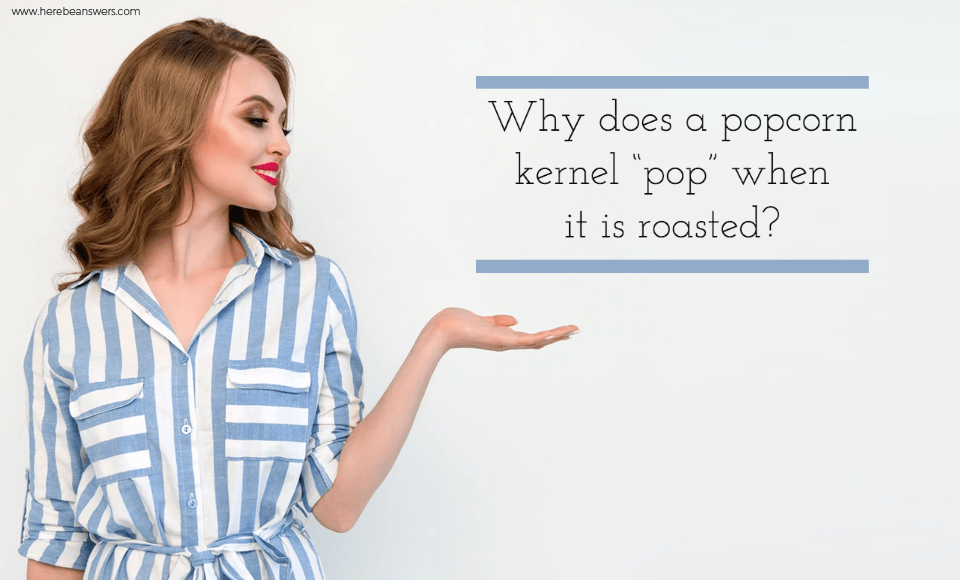Most of us love finger-foods, including fries, pizza, and of course, popcorn. All of us probably know popcorn since it is like the iconic snack inside a movie theatre. It has a fascinating appearance, and as for its taste, we can say that it tastes inarguably good.
Modern popcorn has several flavors to choose from, including the classic salt, cheese, caramel, and sometimes, strawberry. Whatever the taste of the popcorn, it always has that crunchy exterior, and as you chew it, you will gradually feel the softer interior of the popcorn, releasing its flavor.
Another exciting feature of popcorns is the process of how you make it. We can coin the name popcorn from the way we cook them, which is heating the kernel until it “pops.” Now the big question is, why does it pop?
We probably know the taste of popcorns, but we don’t know the science behind its iconic popping. In this article, let us further look into various information about popcorns, and most importantly – why does a popcorn kernel pop?
The history of popcorn
Before we go to the main topic, let us first know the history of popcorns.
Experts believe that ancient people have known about popcorn as early as 3600 BC, although there is no specific information as to who invented it and how. It is reasonable information since ancient people already domesticated corn for roughly 10,000 years ago.
Then it came 1948 when Herbert Dick and Earlie Smith discovered the oldest popcorn known to date. They found the small popcorn heads in New Mexico, inside a place called the Bat Cave. Upon studying the kernels, carbon-dating results show that the popcorn heads were roughly 5,600 years old.
Besides the discovery in New Mexico, various findings came into the scene from different parts of the globe – this includes the popcorn kernel found in a cave in Utah, which is roughly 1,000 years old.
Therefore, popcorn was already around during ancient times, and ancient people used to eat them. Different findings came over the years, and people enjoyed this classic snack. People invented several ways to make popcorns, and it was in 1885 when Charles Cretors invented the first commercial popcorn machine in Chicago.
Why does a popcorn kernel, pop?
Now that we know a bit of history of popcorns let us go to our main topic.
There are different types of corn, and not all of them can pop. There is what we call the flour corn and sweet corn, which doesn’t pop; only a particular type of corn can pop when subjected to heat.
If we take a look into the popcorn kernel, it looks like a sealed container, wherein its outer layer is light yellow. It also has an inner layer that is what we call the endosperm, which is a mixture of hard-starch and soft moisture-laden starch – which is roughly fourteen percent. Its appearance is pretty simple, and it has a smooth texture.
When we heat a popcorn kernel, for about 200 degrees to 230 degrees Celsius, the small moisture-laden starch in its core turns into steam. During this heating process, the outer layer, or the hard starch, gets cooked and turns to a flexible state.
This process will continue and cooks the kernel. Because of this extreme heat, the kernel cannot withstand the pressure, mainly its outer layer – this will cause it to break. After breaking, the moisture-laden turned steam will continue to expand outward the kernel – trying to escape its pressurized core. This process of expansion will cause the steam to form a puff. Once the steam created the puff, its temperature will significantly drop, which will then allow it to go back to its original solid state. After this process, we can already see the inner moisture-laden starch in puff form, almost covering the outer layer, while the hard starch outer layer left a small area on the popcorn, as to where did it popped. Now we have popcorn.
Today, there are several processes for creating popcorns. Some people use deep-fry pans, while some use microwaves. But one of the most popular and convenient way to create popcorn is to use a popcorn machine.
